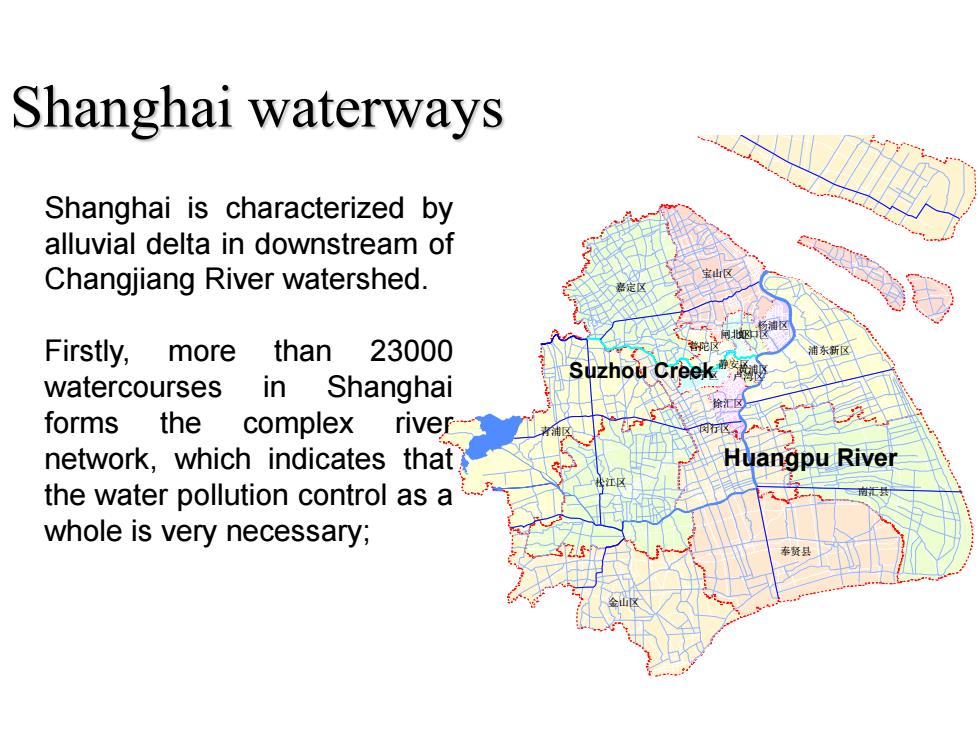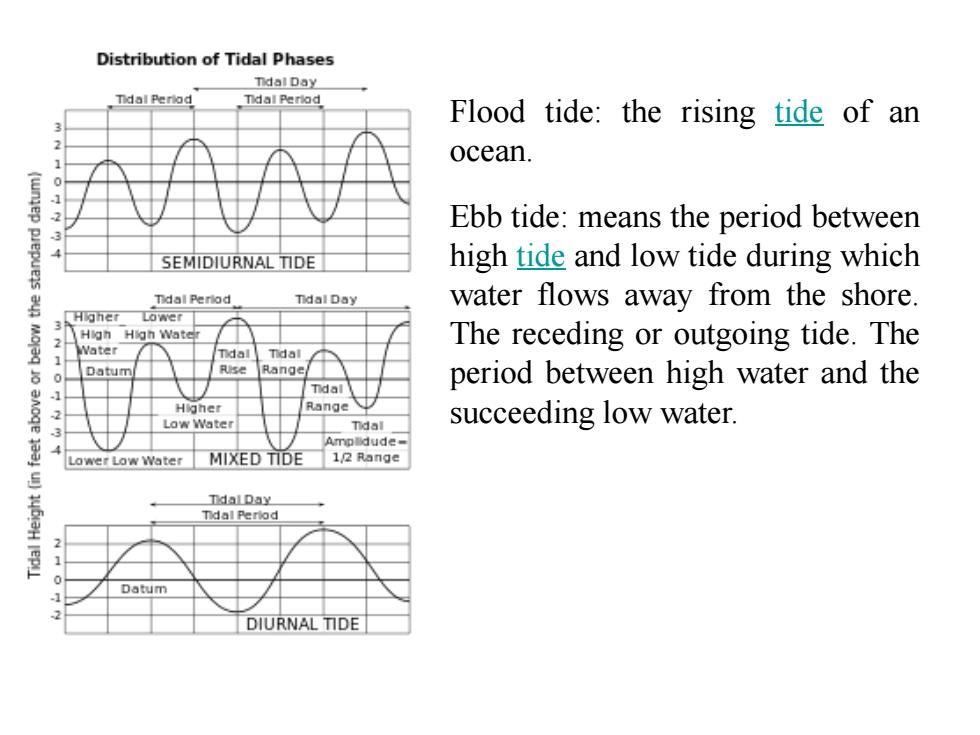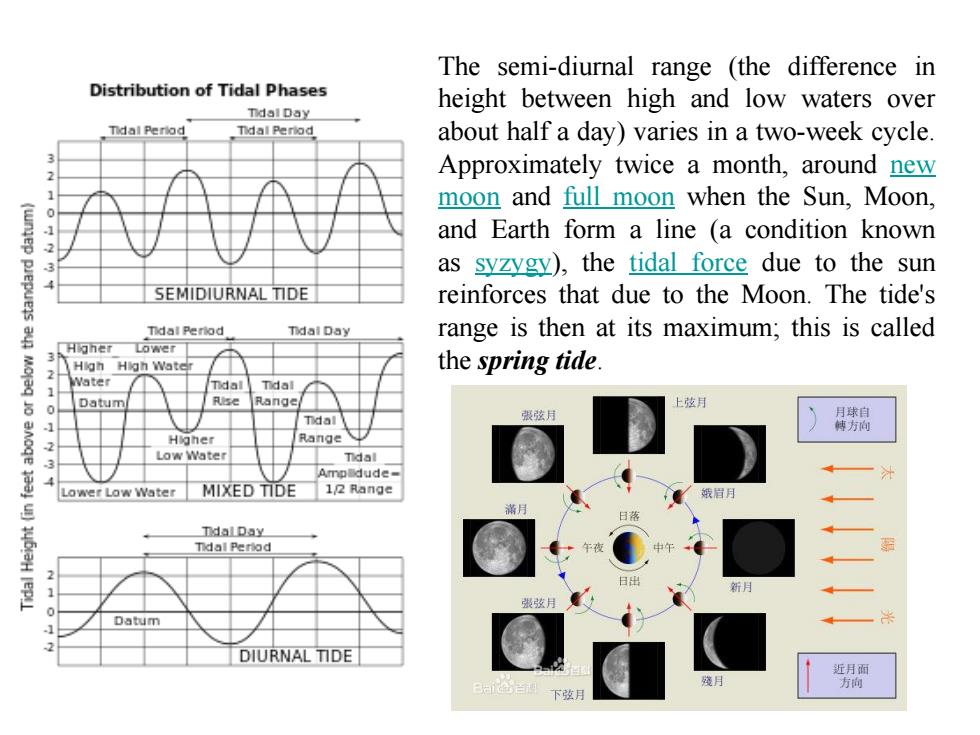
Shanghai waterways Shanghai is characterized by alluvial delta in downstream of Changjiang River watershed. Firstly,more than 23000 uzhou Creek watercourses in Shanghai forms the complex river network,which indicates that Huangpu Rive the water pollution control as a whole is very necessary; 奉贤县
卢湾区 徐汇区 长宁区 普陀区 闸北区虹口区 杨浦区 闵行区 宝山区 嘉定区 浦东新区 南汇县 奉贤县 松江区 金山区 青浦区 崇明县 静安区黄浦区 Shanghai is characterized by alluvial delta in downstream of Changjiang River watershed. Firstly, more than 23000 watercourses in Shanghai forms the complex river network, which indicates that the water pollution control as a whole is very necessary; Shanghai waterways Huangpu River Suzhou Creek

Shanghai waterways Second, Shanghai borders Changjiang Estuary and Hangzhou Bay,form which tidal water can go upstream for more than 100 kilometers that covers the whole Huangpu River watershed.Aa result,pollutants discharged into the river move back and forth with tidal water,prolonging the hydraulic retention time of pollutants within Huangpu River the Shanghai inland waterways
卢湾区 徐汇区 长宁区 普陀区 闸北区虹口区 杨浦区 闵行区 宝山区 嘉定区 浦东新区 南汇县 奉贤县 松江区 金山区 青浦区 崇明县 静安区黄浦区 Second, Shanghai borders Changjiang Estuary and Hangzhou Bay, form which tidal water can go upstream for more than 100 kilometers that covers the whole Huangpu River watershed. A a result, pollutants discharged into the river move back and forth with tidal water, prolonging the hydraulic retention time of pollutants within the Shanghai inland waterways. Shanghai waterways Huangpu River Suzhou Creek

Distribution of Tidal Phases Tdal Day Explanation to tidal regime Tides are commonly semi-diurnal (two high waters and two low waters each day), or diurnal (one tidal cycle per day).The SEMIDIURNAL TIDE two high waters on a given day are Tdal Perod Tdal Day typically not the same height (the daily H灯heT O满eT High High Wat inequality);these are the higher high Water ndal Datum Range water and the lower high water in tide Tdal Range tables.Similarly,the two low waters each H购her LOw water Tdal day are the higher low water and the lower Lower Low Water MIXED TIDE 12 Range low water.The daily inequality is not DdalDay consistent and is generally small when the Tdal Period Moon is over the equator. Datum DIURNAL TIDE
Tides are commonly semi-diurnal (two high waters and two low waters each day), or diurnal (one tidal cycle per day). The two high waters on a given day are typically not the same height (the daily inequality); these are the higher high water and the lower high water in tide tables. Similarly, the two low waters each day are the higher low water and the lower low water. The daily inequality is not consistent and is generally small when the Moon is over the equator. Explanation to tidal regime

Distribution of Tidal Phases Tdal Day Tdal Perloc Flood tide:the rising tide of an ocean. Ebb tide:means the period between SEMIDIURNAL TIDE high tide and low tide during which Tidal Period Tdal Day water flows away from the shore. H叼her Lower 2 HnWat The receding or outgoing tide.The Water Tdal ndal Rise 0 Datum Range period between high water and the -1 Tdal Higher Range Low Water Tdal succeeding low water. Ampldude- Lower Low Water MIXED TIDE 12 Range Tdalpay Tdal Perlod Datum DIURNAL TIDE
Flood tide: the rising tide of an ocean. Ebb tide: means the period between high tide and low tide during which water flows away from the shore. The receding or outgoing tide. The period between high water and the succeeding low water

The semi-diurnal range (the difference in Distribution of Tidal Phases height between high and low waters over Tdal Day Tdal Perlod Tidal Period about half a day)varies in a two-week cycle. Approximately twice a month,around new moon and full moon when the Sun,Moon, and Earth form a line (a condition known 2 as syzygy),the tidal force due to the sun SEMIDIURNAL TIDE reinforces that due to the Moon.The tide's 岩 Tal Period Tdal Day range is then at its maximum;this is called HeT Lower High Wat the spring tide V档teT Tdal Rise 0 Datum ange■ 上弦月 -1 Tdal 裹弦月 月球自 博方向 Higher Range 23 Low Water Tal Lower Low Water MIXED TIDE 12凡ange 娥眉月 nal Period 日出 新月 表弦月 Datum DIURNAL TIDE 线月 下弦月
The semi-diurnal range (the difference in height between high and low waters over about half a day) varies in a two-week cycle. Approximately twice a month, around new moon and full moon when the Sun, Moon, and Earth form a line (a condition known as syzygy), the tidal force due to the sun reinforces that due to the Moon. The tide's range is then at its maximum; this is called the spring tide